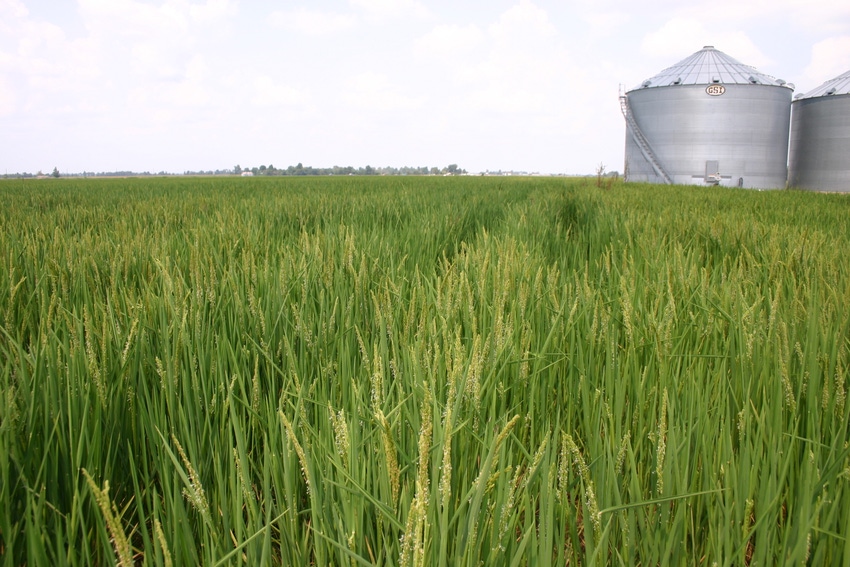February 3, 2016

The longtime debate on exporting milled versus rough rice continues and appears to be entering a new chapter. Going back to the North American Free Trade Agreement (NAFTA) with Mexico, then the Central America Free Trade Agreement (CAFTA) and more recent agreements like the treaty with Colombia, all tell a story.
As we enter what appears to be a new era in international trade, the U.S. rice farmer must ask himself, “Would I still be in business if there were no rough rice exports?”
Farmers were told that rough rice exports would cripple our domestic market and erode our infrastructure. Ask anyone in the wheat industry what happened to all those flour mills that used to export bagged flour. They closed and the U.S. became the largest exporter of wheat in the world.
In today’s market the only real advantage we have is to export our rough rice to foreign mills who beg for a raw material to process. CAFTA negotiations 15 years ago should still be fresh on the minds of farmers as we heard our loyal customers in the market say “we prefer to buy rough rice from the United States but if not then we cannot promise we can import U.S. milled rice while cheaper Asian rice is offered to us every week.” The issue was one of the defining moments in the history of the US Rice Producers Association, which protected the market while being told that rough rice exports would cripple the U.S. rice industry.
Today we are faced with new and renewed pressing issues. We are seeing an increase in the threat of Asian rice being shipped into the two most important markets in the Western Hemisphere: Mexico and Colombia. The United States has free trade agreements with both countries. In Mexico, the recently negotiated Trans Pacific Partnership (TPP) is a disaster for U.S. rice exports. The 20,000 ton addition to the quota for Japan is about as exciting as the 2015 Dallas Cowboys.
But what must get the attention of the long grain farmer is the detrimental effect the TPP will have on our lucrative market in Mexico once Vietnam obtains duty free status, assuming the agreement gets passage in the U.S. Congress. Have you seen Asian prices lately for milled rice, characterized by government intervention policies that distort the marketplace? Excuse me, but this is not a level playing field.
The current conditions in Colombia should be of serious concern to American rice farmers. Prior to the completion of the current U.S.-Colombia Free Trade Agreement, Colombia allowed the importation of U.S. rough rice by their mills in the years when local production was insufficient to meet local demand. In fact, during an El Nino event some 15 years ago, Colombia imported around 200,000 tons of U.S. rough rice with no complications.
Fast forward to the new FTA negotiations and all of the sudden rice smut was considered to be a danger to Colombia and rough rice exports came to a halt. In the meantime, the same disease has been found in Colombia.
This reminds me of what a rice researcher told me a few years ago, “the worst pests for rice are political pests.” The bottom line is that Colombia is very short on domestic production and therefore have been importing above their FTA quota and paying the steep taxes. Without the ability to import U.S. rough rice they are turning their attention, as this article goes to print, towards cheaper Thailand rice.
The US Rice Producers Association has been vocal about these issues and will again address their concerns with the USDA, USTR, APHIS and members of Congress while in Washington, D.C., the week of February 8.
You May Also Like




